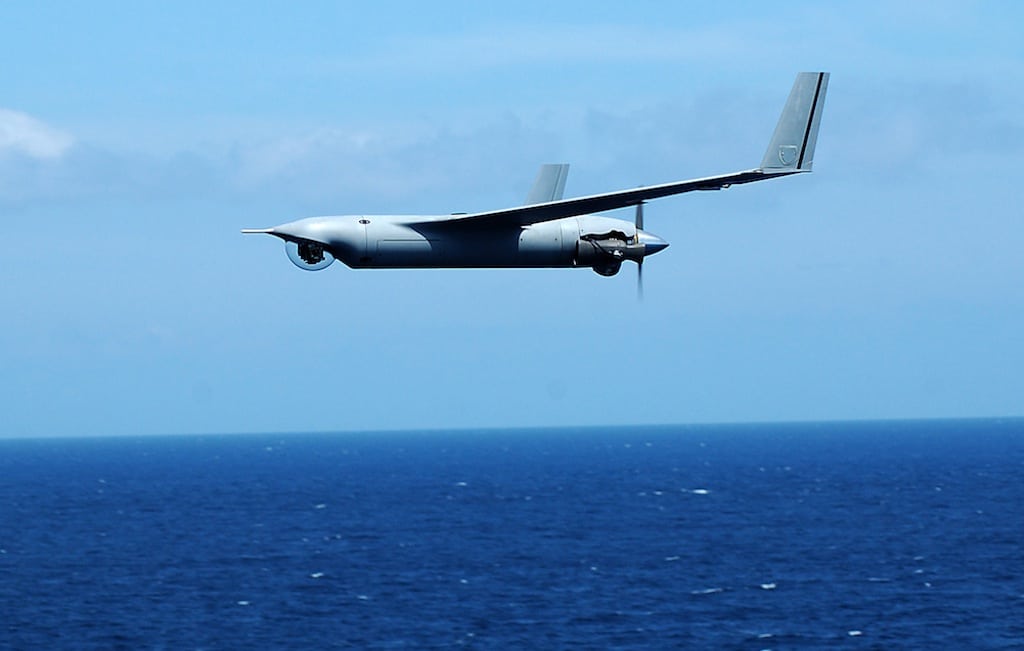Skift Take
Travelers already sweat the safety issues inherent in congested airspace, and the planned introduction of unmanned aircraft, some of which are prone to jamming of their GPS, will only heighten concerns.
The FAA is moving ahead with plans to facilitate a vast expansion of the domestic use of drones amidst acute concerns about privacy and aviation security.
The FAA has called on universities, state and local governments, and other public entities to submit proposals to create six research and test sites for unmanned aircraft systems (UAS) around the country.
At the same time, the FAA kicked off a 60-day public comment period into the privacy issues raised by this pilot UAS program, while the U.S. Government Accountability Office recently cited fears about increased high-tech surveillance, violations of the Fourth Amendment’s prohibitions against unlawful searches and seizures, and the harm to aviation safety given the potential for GPS “spoofing.”
The stakes are high in the privacy debate, given past cases of negligence by government contractors handling sensitive, personal information, and the potential for abuse.
The U.S. government realizes that it has to confront the issues deftly as otherwise greatly expanded use of drones in the skies over the U.S. could be in jeopardy.
Law enforcement and military use
There has been limited use of drones in the national airspace for decades, with the aircraft ranging in size from model aircraft to those with a wingspan as massive as a Boeing 737, and they have been authorized to further law enforcement, border patrol, military training, firefighting, search and rescue, and disaster relief efforts.
Congress and the administration envision vastly increasing the use of drones and integrating them into the national airspace. The idea for test sites was approved in the FAA Modernization and Reform Act of 2012.
The FAA, which only is responsible for the aviation-safety issues in drone implementation, recognizes that the further expansion of the drone program could create a firestorm on the privacy front — and hence the start of a public comment period to address the issues.
In a scathing report in September 2012, the GAO cited a June 2012 Monmouth University Polling Institute national poll that found that 42% of respondents expressed privacy concerns about unmanned aircraft being equipped with high-tech cameras, although there was support for border control efforts (64%), and search and rescue missions (80%).
The Monmouth University announcement about the poll noted that “30,000 drone aircraft are expected to patrol the nation’s skies within a decade.”
Privacy and GPS spoofing
“Concerns about national security, privacy, and the interference with Global Positioning System (GPS) signals have not been resolved and may influence acceptance of routine access for UAS in the national airspace system,” the GAO warned.
The GAO noted that the FAA has missed a deadline on the Congressional mandate to speed UAS integration, “could miss others,” and should expand monitoring of other government agencies’ efforts to ensure the drone initiative proceeds in a timely fashion.
The GAO concluded in 2008 that unmanned aircraft would be unsafe to introduce and mingle with commercial aircraft, and stated there are still numerous obstacles to safely integrating unmanned aircraft into national airspace, including:
“… the inability for UAS to sense and avoid other aircraft and airborne objects in a manner similar to manned aircraft; vulnerabilities in the command and control of UAS operations; the lack of technological and operational standards needed to guide safe and consistent performance of UAS; and final regulations to accelerate the safe integration of UAS into the national airspace system.”
Unencrypted communications
The GAO noted that low-cost devices are widely available to jam GPS signals, and this could imperil UAS that rely solely on GPS with unencrypted communications.
Although the military and Department of Homeland Security operate UAS that typically have redundant systems, encryption costs could be cost-prohibitive for other civilian and smaller unmanned aircraft, the GAO study notes, adding:
“…nonmilitary UAS GPS signals are unencrypted, risking potential interruption of the command and control of UAS.”
Both the GAO and FAA are keenly aware that the spectre of drones with high-tech surveillance equipment mounting intelligence-gathering missions on U.S. citizens, or even monitoring the nation’s highways to hand out speeding tickets, could ignite a deep, public backlash.
As the GAO report states:
“In addition, stakeholders we interviewed stated that developing developing guidelines for technology use on UAS ahead of widespread adoption by law enforcement entities could preclude abuses of the technology that could lead to a negative public perception of UAS and possibility affect their acceptance and use.
In relation to potential “negative public perceptions,” the GAO and FAA never refer to the aircraft as drones, opting instead for the more neutral-sounding term, “unmanned aircraft systems.”
The Daily Newsletter
Our daily coverage of the global travel industry. Written by editors and analysts from across Skift’s brands.
Have a confidential tip for Skift? Get in touch
Tags: drones, faa, gps, privacy
Photo credit: The Boeing ScanEagle is an unmanned aircraft used for intelligence-gathering purposes. The FAA is developing guidelines to introduce drones for military and non-military use into U.S. airspace. Boeing
